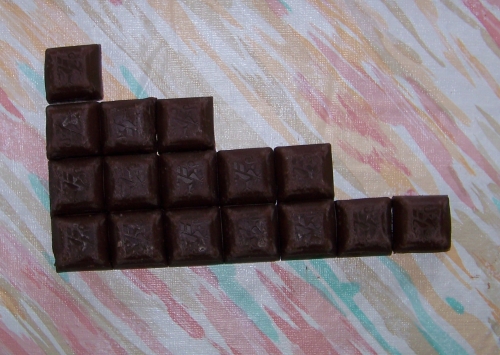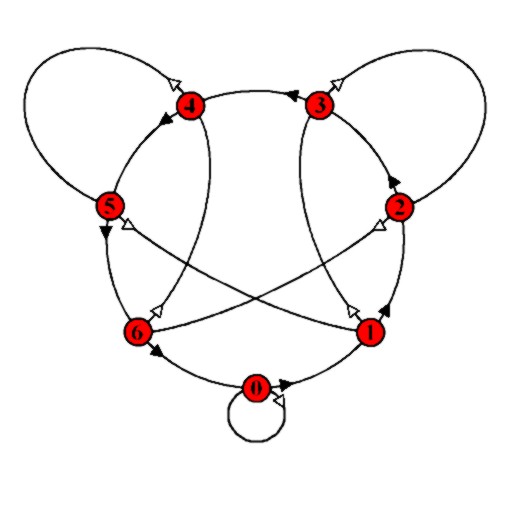A Truel
I heard this problem many years ago when I was working for Math Alive.
Three men are fighting in a truel. Andrew is the worst shot; he misses 2/3 of the time. Bob is better; he misses 1/3 of the time. Connor is the best shot; he always hits. Each of the three men have an infinite number of bullets. Each shot is either a kill or a miss. They have to shoot at each other in order until two of them are dead. To make it more fair they decide to start with Andrew, followed by Bob, and then Connor. We assume that they choose their strategies to maximize their probability of survival. At whom should Andrew aim for his first shot?
This is a beautiful probability puzzle, and I will not spoil it for you by writing a solution. Recently, I watched an episode of Numb3rs: The Fifth Season (“Frienemies”) which featured a version of this puzzle. Here is how Dr. Marshall Penfield, a frienemy of the protagonist Charlie Eppes, describes it:
Imagine a duel between three people. I’m the worst shot; I hit the target once every three trials. One of my opponents [Charlie] is better; hits it twice every three shots. The third guy [Colby] is a dead shot; he never misses. Each gets one shot. As the worst I go first, then Charlie, then Colby. Who do I aim for for my one shot?
This is a completely different problem; it’s no longer about the last man standing. Colby doesn’t need to shoot since the other two truelists have already expended their only shots. If Charlie believes that Colby prefers nonviolence, all else being equal, then Charlie doesn’t need to shoot. Finally, the same is true of Marshall. There is no point in shooting at all.
To make things more mathematically interesting, let’s assume that the truelists are bloodthirsty. That is, if shooting doesn’t decrease their survival rate, they will shoot. How do we solve this problem?
If he survives, Colby will kill someone. If Charlie is alive during his turn, he has to shoot Colby because Colby might kill him. What should Marshall do? If Marshall kills Colby, then Charlie misses Marshall (hence Marshall survives) with probability 1/3. If Marshall kills Charlie, then Marshall is guaranteed to be killed by Colby, so Marshall survives with probability 0. If he doesn’t kill anyone, things look much better: with probability 2/3, Colby is killed by Charlie and Marshall survives. Even if Colby is alive, he does not necessarily shoot Marshall, so Marshall survives with probability at least 2/3. Overall, Marshall’s chances of staying alive are much better if he misses. He should shoot in the air!
The sad part of the story is that Charlie Eppes completely missed. That is, he completely missed the solution. In the episode he suggested that Marshall should shoot Charlie. If Marshall shoots Charlie, he will be guaranteed to die.
It is disappointing that a show about math can’t get its math right.
Share: Sergei Bernstein and Nathan Benjamin brought back a variation of the
Sergei Bernstein and Nathan Benjamin brought back a variation of the 
 The graph is used in the same way as the first graph. To find the remainder on dividing a number by 7, start at node 0, for each digit D of the number, move along D black arrows (for digit 0 do not move at all), and as you pass from one digit to the next, move along a single white arrow.
The graph is used in the same way as the first graph. To find the remainder on dividing a number by 7, start at node 0, for each digit D of the number, move along D black arrows (for digit 0 do not move at all), and as you pass from one digit to the next, move along a single white arrow.